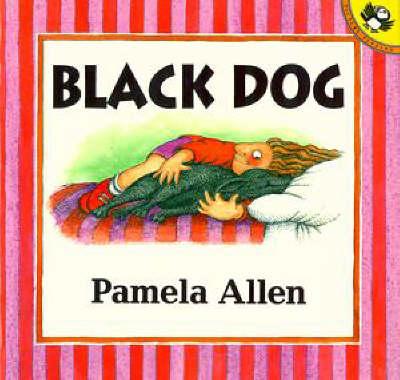-
Stuck by Oliver Jeffers (2011) Analysis
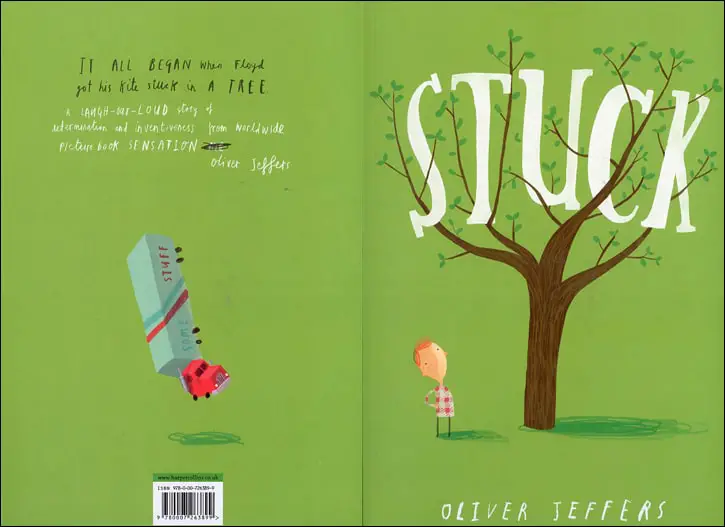
When Floyd’s kite gets stuck in a tree, he tries to knock it down with increasingly larger and more outrageous things. A perfect picture book by Oliver Jeffers. STORY STRUCTURE OF STUCK There’s a long oral tradition of stories which get cumulatively more and more ridiculous until the most ridiculous idea ends the story. “The […]
-
Stick Man by Julia Donaldson and Axel Scheffler Analysis
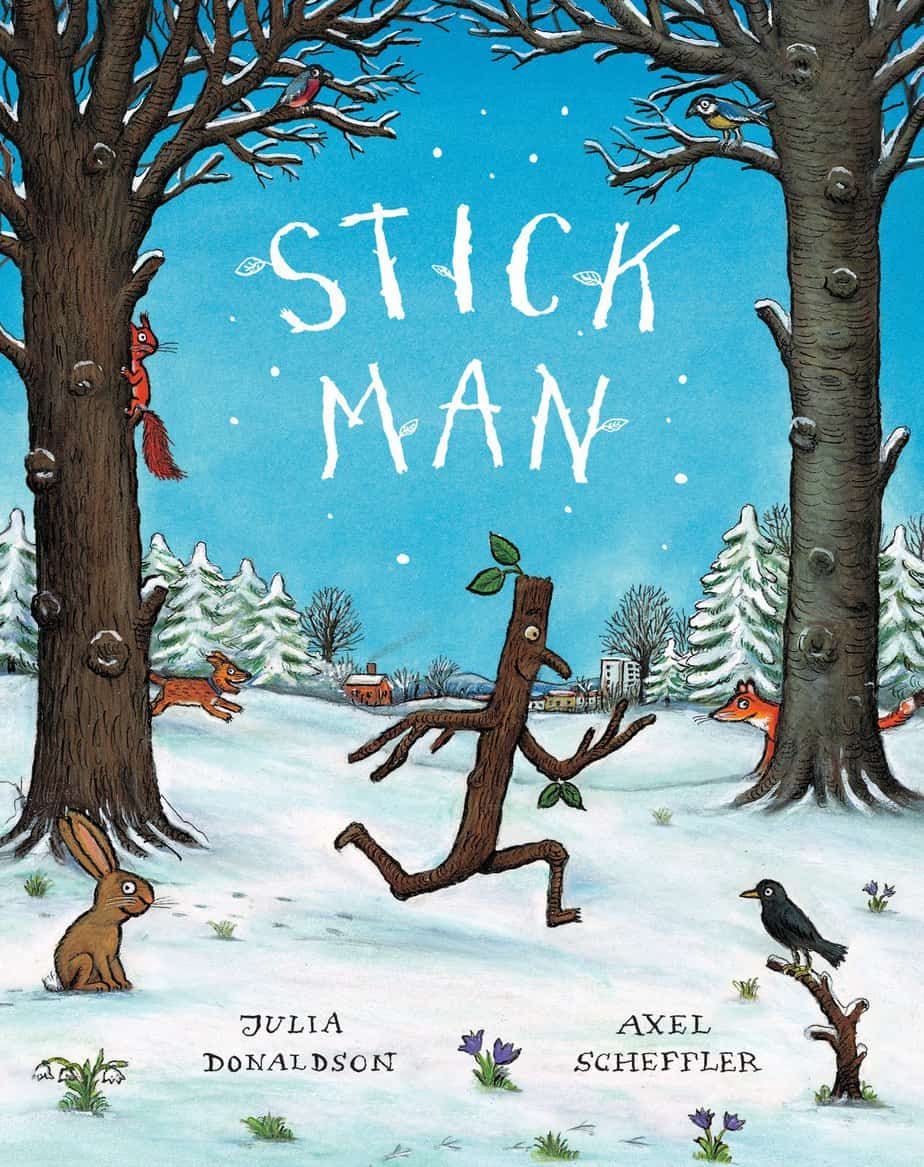
In Stick Man, an anthropomorphised stick ends up far away from his family tree when he is fetched by a dog, thrown by a child, used as a snowman’s arm, and even put on a fire, but finally, Santa Claus steps in to make sure that Stick Man and his family have a joyous Christmas. Julia […]
-
The Technique of Ticking Clocks in Storytelling
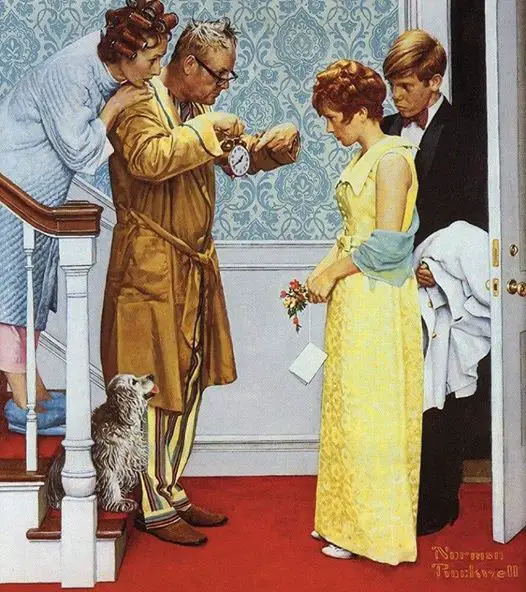
Once you notice ticking clocks in storytelling you see them in everything, so beware.
-
Loveykins by Quentin Blake Picture Book Analysis
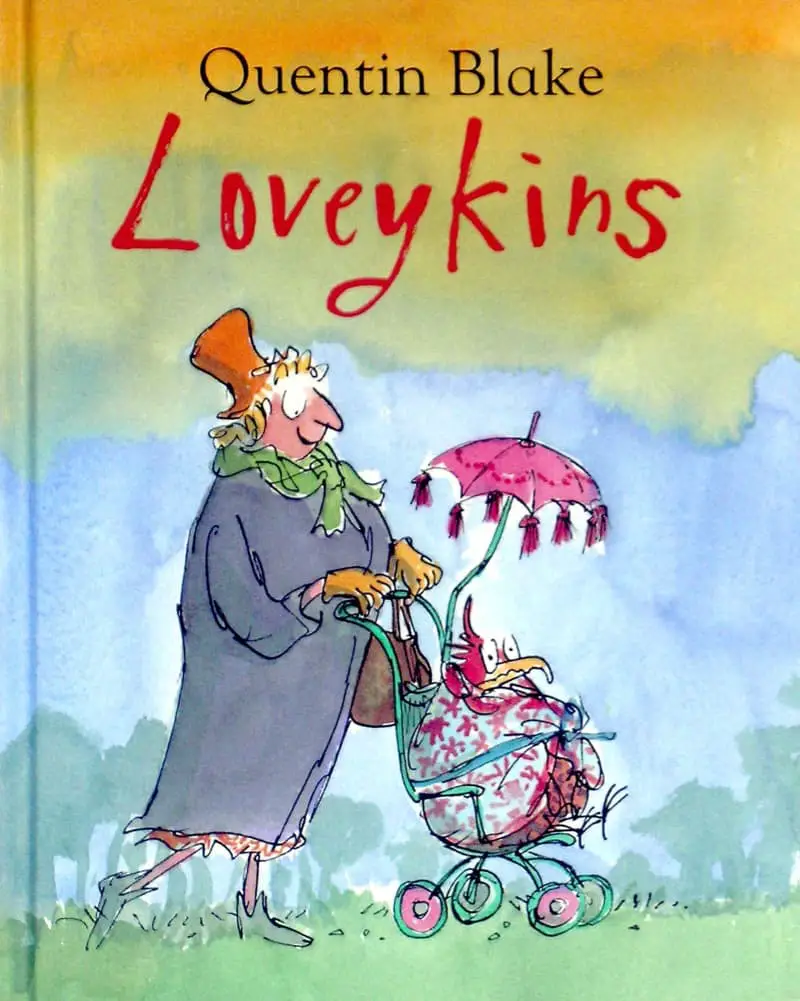
The ideology behind Loveykins: Wild creatures, while sometimes requiring some human nurturing if abandoned by their mother as babies, must eventually be returned to the wild. There is also a message against ‘over-mothering’ in this story. Let wild creatures be wild creatures is a close cousin to ‘let kids be kids’. Another picture book with […]
-
Olivia And The Missing Toy by Ian Falconer (2003) Analysis
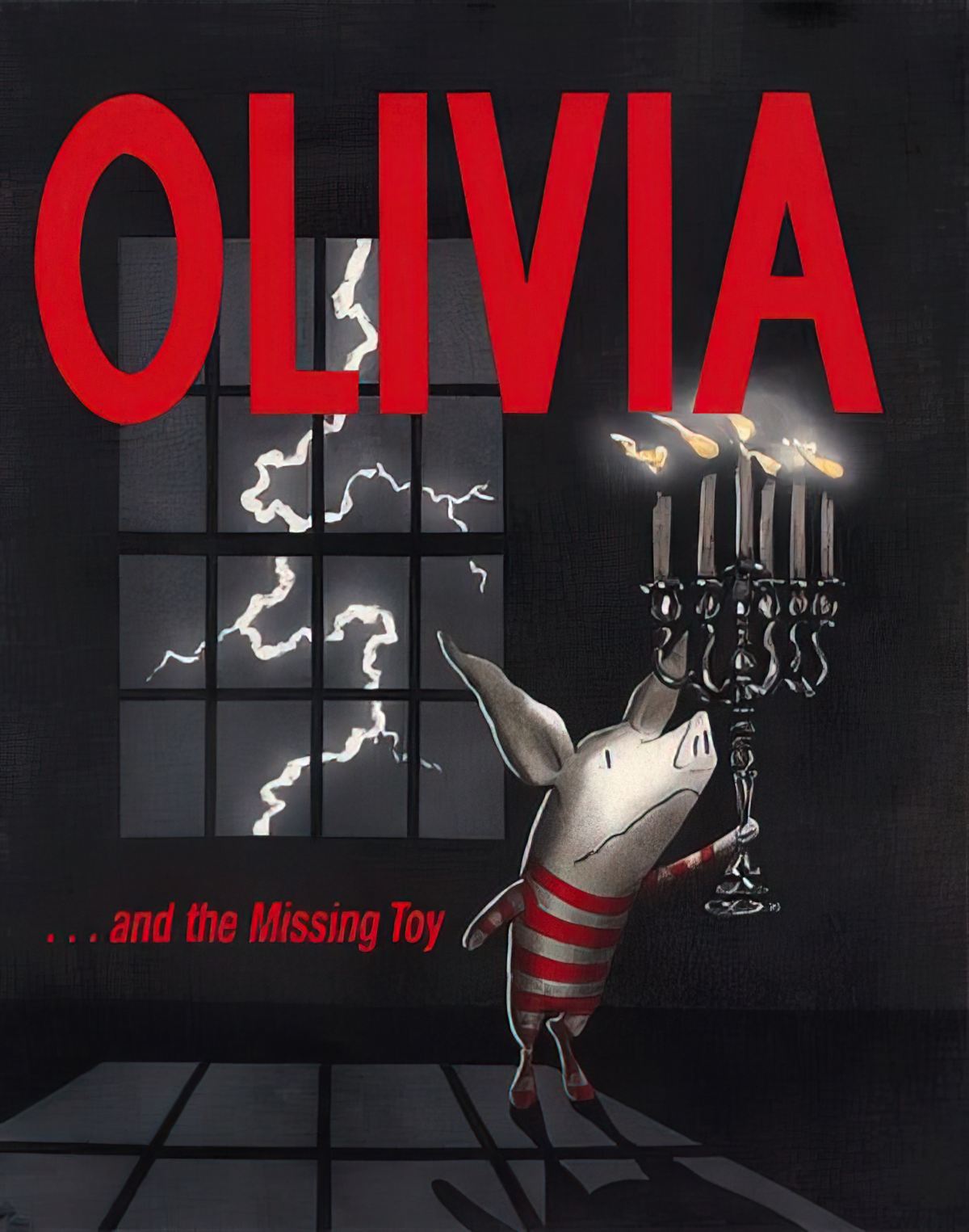
Olivia and the Missing Toy by Ian Falconer shows Olivia the Pig at her most bratty, and her parents at their most indulgent. There are several versions of the book cover of Olivia and the Missing Toy, and the dark one is the scarier of the two. The other is mostly white space, in keeping […]
-
The Soviet Union Children’s Books
Best Loved Books In The Former Soviet Union General Notes The early Soviet period was a miraculously rich time for children’s books and their illustrations. Philip Pullman To generalise about the young Russian/Soviet Union reader Pseudo-conflicts drive the plots Conservative attitudes in the Soviet Union publishing industry But that’s not what the young Russian reader wants […]
-
What Colour Is Your Sun?
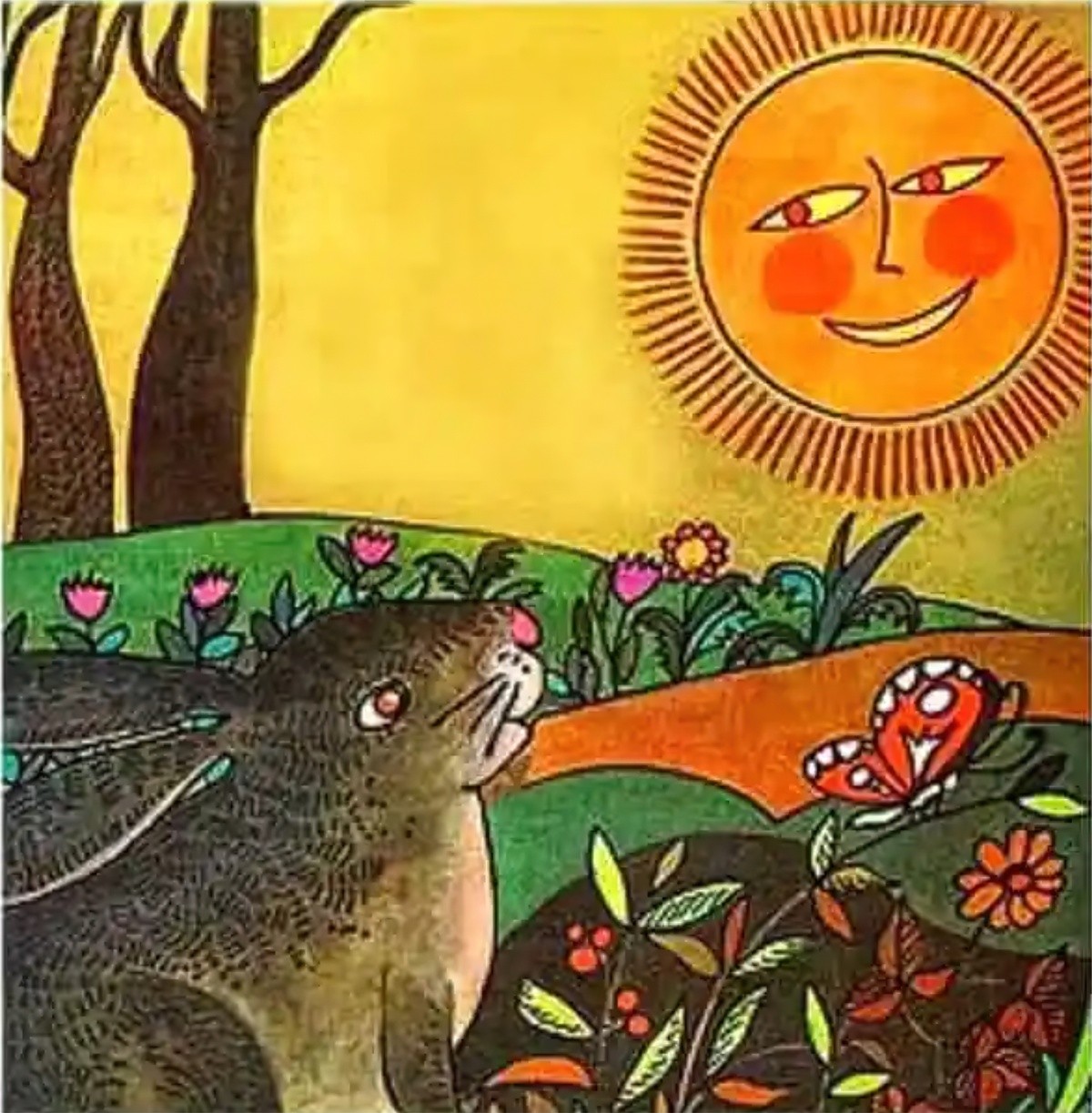
Different cultures view the sun differently. Ask a Western child to draw the sun and they will draw it yellow. Ask a Japanese child to draw the sun and they will draw it red. Our closest star is ‘actually’ white. I grew up in New Zealand and I drew it yellow. But when I lived as […]
-
Ocean Symbolism In Storytelling
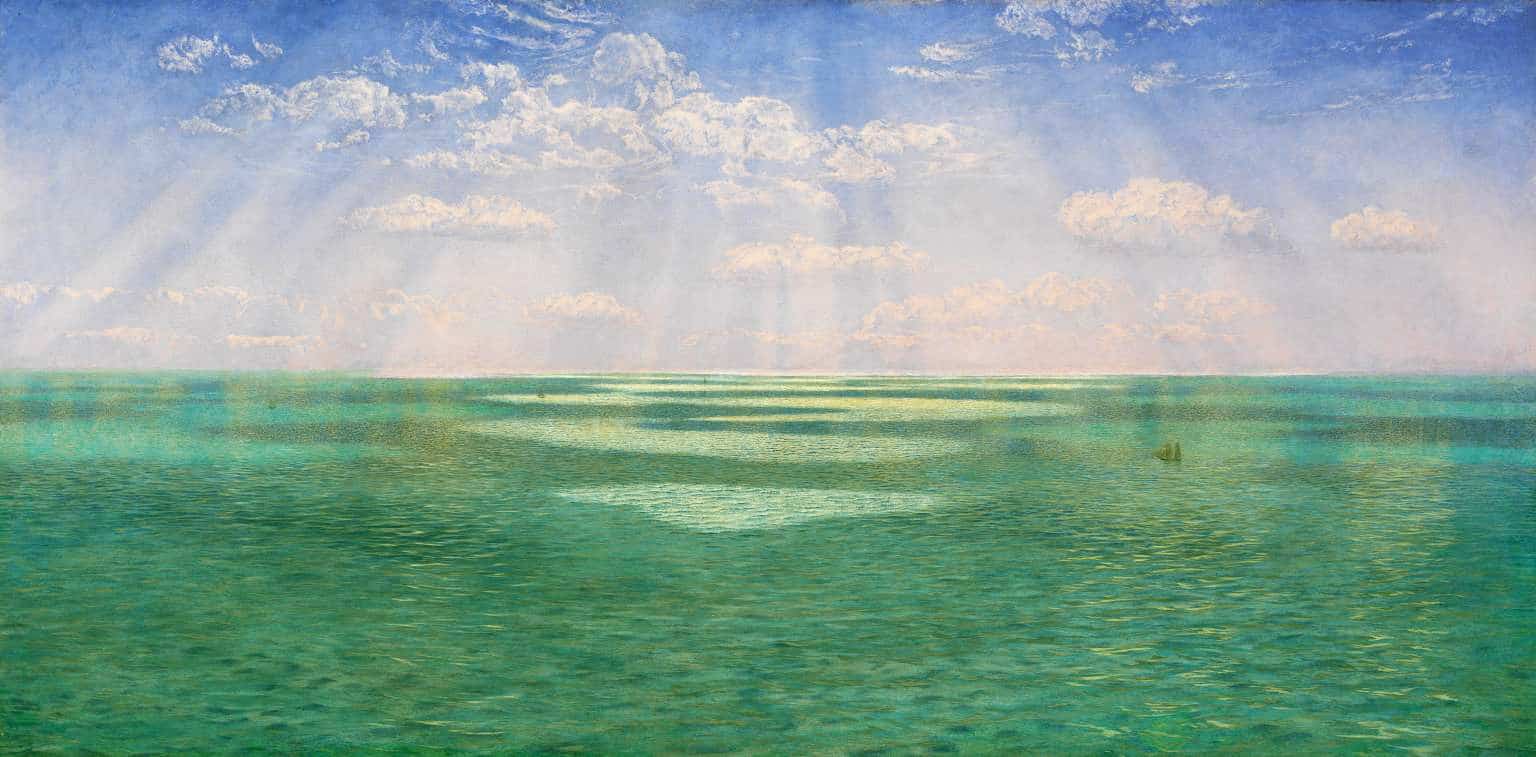
The ocean contains multivalent symbolism — the known and the unknown; surface versus deep. The circle is closed. Nothing ever comes to an end. Wherever one has sunk roots that emanate from one’s best or truest self, one will always find a home. To return is not to revisit something that has failed. I can […]
-
The Reflection Character In Storytelling
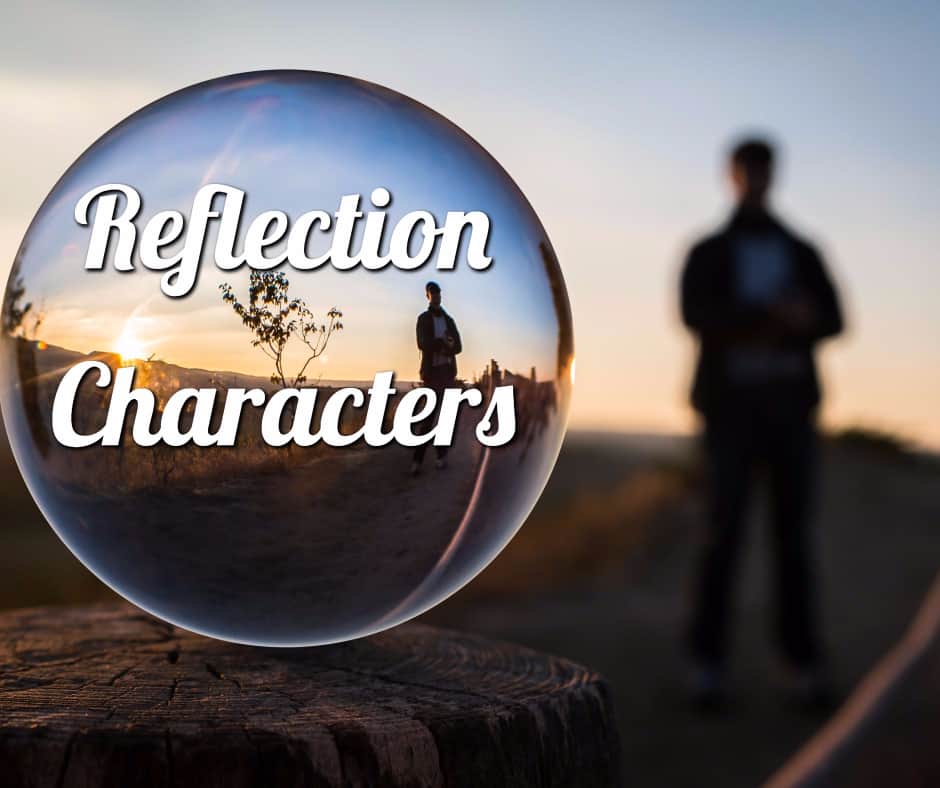
You may have heard of the ‘shadow in the hero’ when creating a character web for a story. Shadow in the hero describes a relationship between opponents. But what if two very different characters bring out the best in each other? What do you call that? What Is A Reflection Character? This is my term […]
-
Fog Symbolism
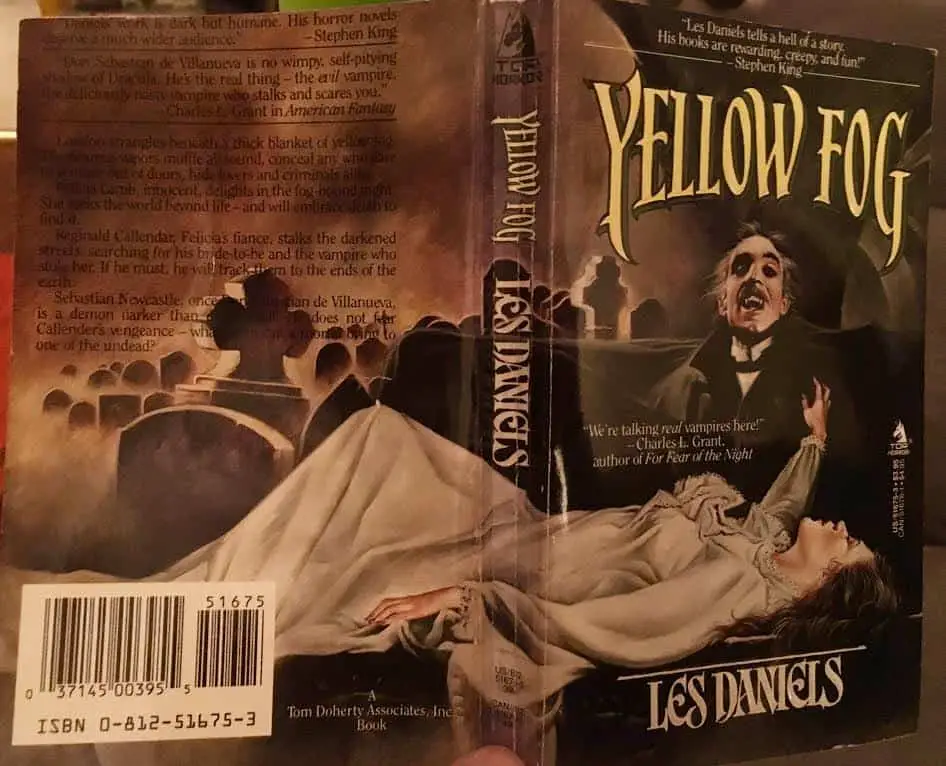
In stories and in art, fog and mist symbolises a variety of related things: obfuscation, mystery, dreams, confusion and a blurring between reality and unreality. First, a description of fog from classic literature: Fog everywhere. Fog up the river, where it flows among green aits and meadows; fog down the river, where it rolls defiled […]
-
Picnics In Art and Storytelling
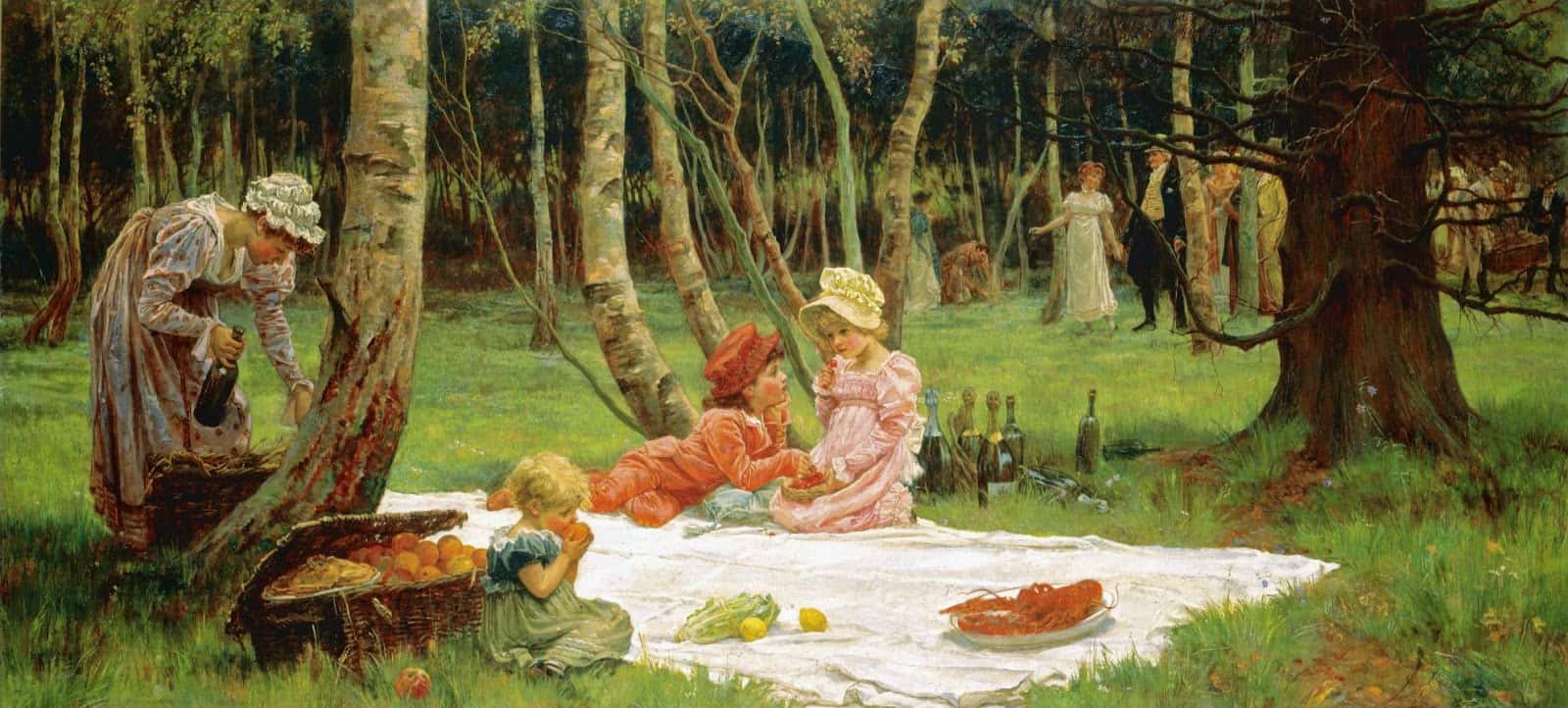
Picnics — literal picnics — play an important role in Western children’s literature. When discussing children’s literature, ‘picnic’ has a different, related meaning.
-
Aerial Perspective In Picture Books
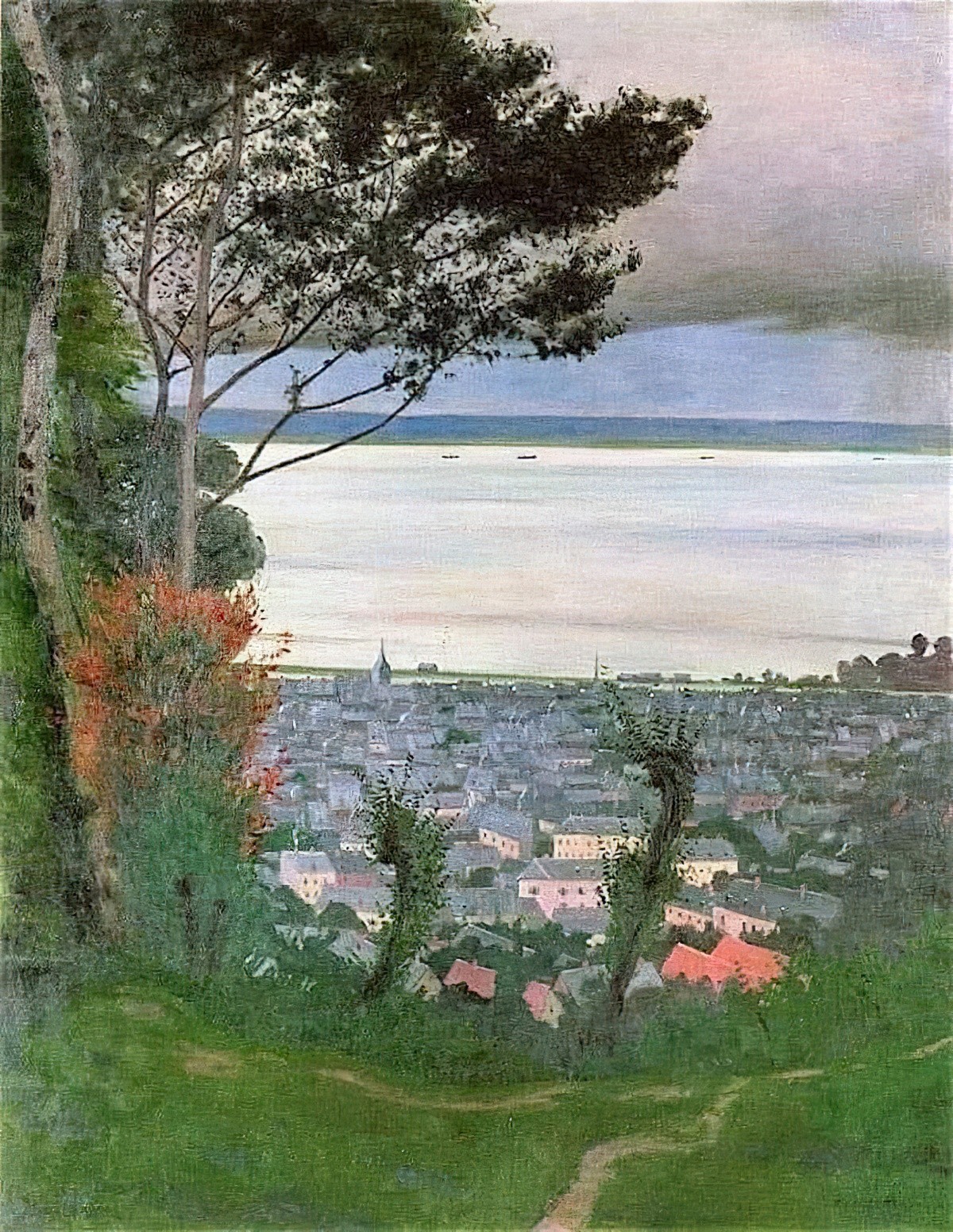
When looking at an image, how does the viewer get a sense of depth? The artist can add depth to an image using various tricks.
-
Writing Activity: Describe A Classroom
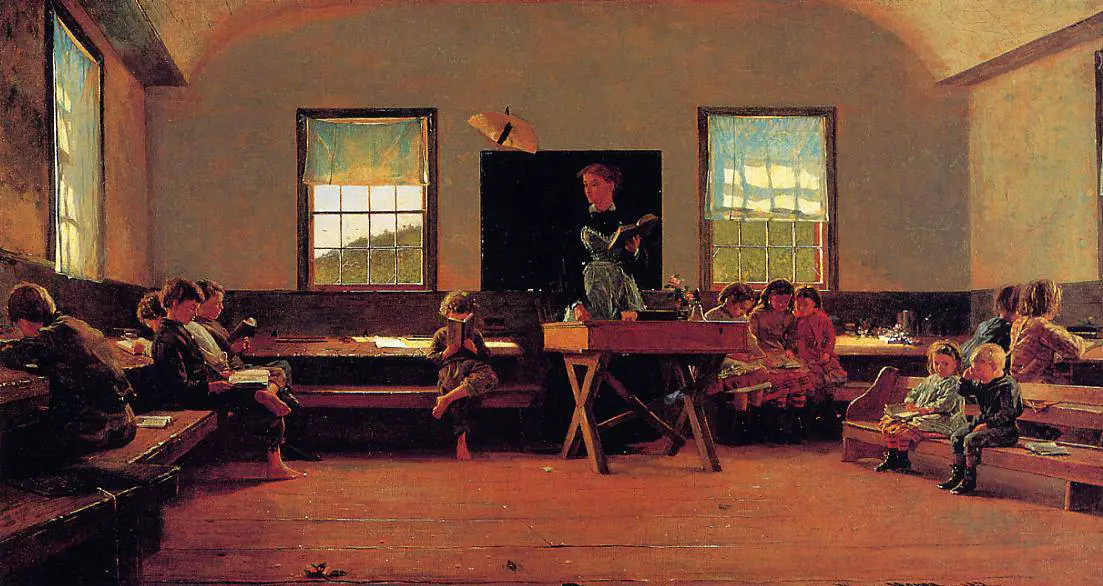
Describe a classroom is the perfect writing activity for schools. Maybe you’re in a classroom right now. If so, you can write about that. If not, you can imagine any sort of classroom you like. It may be one classroom in particular, or it may be an amalgamation of several, or of all the classrooms you’ve ever set foot in. Or…
-
Upside-down Knitting In Picturebook Illustration
School Library Journal (Betsy Bird) posted an article about knitting as depicted in picture books — so often the knitting needles are coming out the top, whereas if you’ve ever knitted in real life you’ll know that the needles come out below the hands. This is a wonderful observation, and once you’ve noticed it you’ll […]
